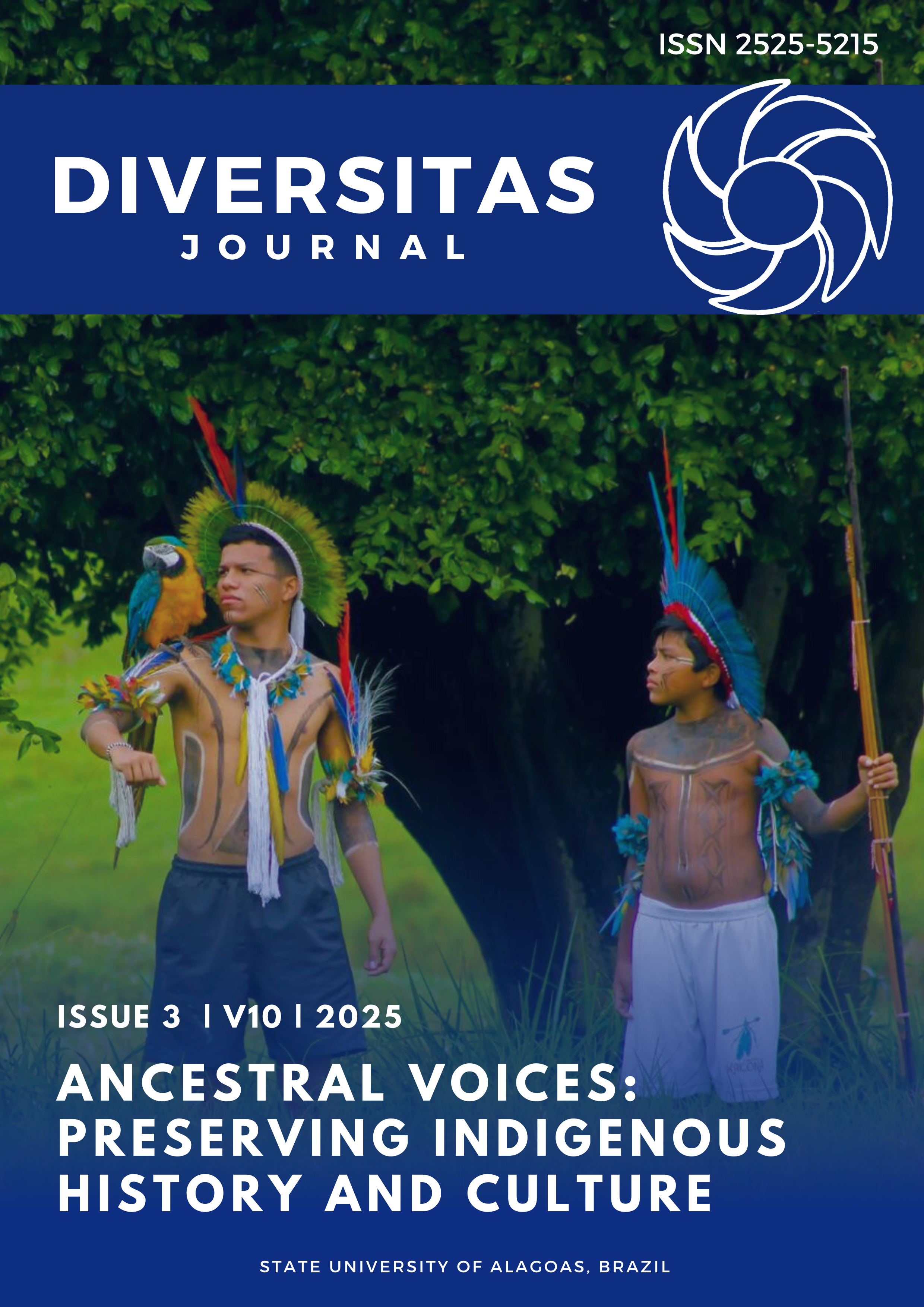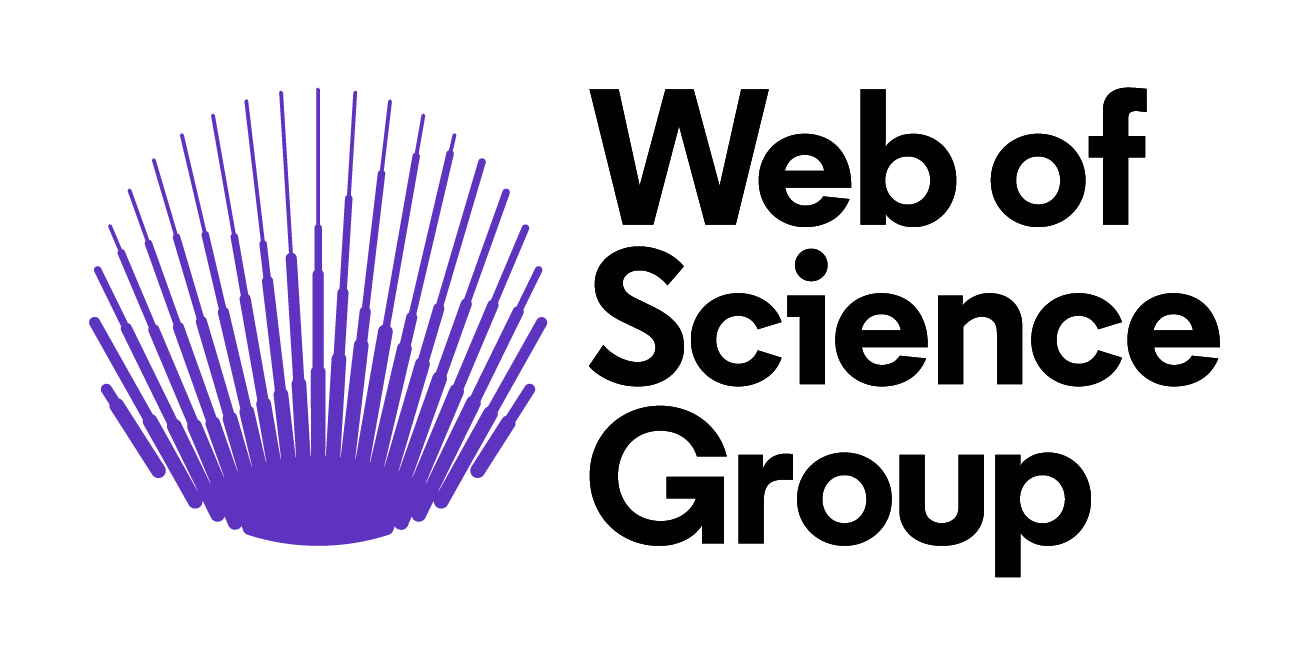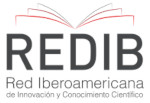Computer Technologies for Teaching and Self-directed Learning: Opportunities, Problems, and Coping Mechanisms
DOI:
https://doi.org/10.48017/dj.v10i3.3388Keywords:
Computer Technologies, Teaching, Learning, Opportunities and Problems, Coping strategiesAbstract
The demand in the use of computer technologies in education was amplified when pandemic struck the world. Despite the opportunities derived from the use of these technologies, problems encountered can hamper the effectiveness of instruction and self-directed learning. With this, there is a need to look into the opportunities, problems, and coping strategies experienced by teachers and students. Respondents include 69 faculty members and 414 college students enrolled in various degree programs in a State University in the Philippines. The study used descriptive survey and correlational research design. The study reveals that both teachers and students highly use computer technologies (hardware/software) that benefited them. Consequentially, both teachers and students acknowledged that computer technologies pose problems. There is no significant correlation between the opportunities and problems for students, however, significant to highly significant correlations were noted for teachers. Faculty and students use varied coping strategies in addressing problems encountered and is highly effective. Associated with this, there is a high extent of influence of factors in the coping strategies of respondents. Support from experts, availability and accessibility of technology resources as well as exposure to learning development activities are very essential support to faculty and students in effectively dealing with the challenges encountered.
Metrics
References
Adarlo, G., and Jackson, L. (2017). For whom is K-12 education: A critical look into twenty-first century educational policy and curriculum in the Philippines. In Educating for the 21st Century (pp. 207-223). Singapore: Springer.
Aminullah, A., Loeneto, B. A., & Vianty, M. (2019). Teachers’ Attitudes and Problems of Using ICT in teaching EFL. English Review: Journal of English Education, 8(1), 147-156.
Barroso, K. (2018). Uses of computers in schools. https://classroom.synonym. com /uses-computers-schools-5022319.html.
Cakici, D. (2016). The use of ICT in teaching English as a foreign language. Participatory educational research, 4(2), 73-77.
Caruso, J. & Kvavik, R. (2005). ECAR Study of Students and Information Technology, 2005: Convenience, Connection, Control, and Learning. https://library.educause.edu/-/media/files/library/2005/10/ers0506w-pdf.pdf
Dahal, B., & Dahal, N. (2015). Opportunities and challenges to use ICT in Nepalese Mathematics classroom. In Proceedings of second national conference on mathematics education (pp. 50-52). Nepal: Council for Mathematics Education.
Dockrell, S., Earle, D., & Galvin, R. (2010). Computer-related posture and discomfort in primary school children: The effects of a school-based ergonomic intervention. Computers & Education, 55(1), 276-284.
Habibu, T. (2012). A Study of Difficulties Faced by Teachers in Using ICT in Classroom Teaching-Learning in Technical and Higher Educational Institutions in Uganda (Doctoral dissertation, Department of Technical and Vocational Education (TVE), Islamic University of Technology (IUT)).
Harutyunyan, P., Moldoveanu, A., Moldoveanu, F., & Asavei, V. (2015). Health-Related Impact, Advantages and Disadvantages of ICT Use in Education, Compared to their Absence in the Past. eLearning & Software for Education, (1).
Jhurree, V. (2005). Technology integration in education in developing countries: Guidelines to policy makers. International Education Journal, 6(4), 467-483.
Junaidi, J., Budianto Hamuddin, B., Wendy, S., Fathu, R., & Tatum, D. (2020). ICT usage in teaching English in Pekanbaru: Exploring junior high school teachers’ problems. International Journal of Advanced Science and Technology, 29(03), 5052-5063.
Klapproth, F., Federkeil, L., Heinschke, F., & Jungmann, T. (2020). Teachers' Experiences of Stress and Their Coping Strategies during COVID-19 Induced Distance Teaching. Journal of Pedagogical Research, 4(4), 444-452.
McGee, K. (2018). Importance of Computer Technology in Education. https://classroom.synonym.com/importance-computer-technology-education-6628139.html.
Millea, J., Green, I., & Putland, G. (2005). Emerging technologies: a framework for thinking. https://www.academia.edu/2272761/Emerging_technologies_a_framework_for_thinking
Nurliani, R., Sinaga, P., & Rusdiana, D. (2021). Problems of online learning and the use of information and communication technology (ICT) in physics learning at Sumedang, West Java. In Journal of Physics: Conference Series (Vol. 1806, No. 1, p. 012043). IOP Publishing.
Oblinger, D. and Oblinger, J. (2005). Educating the net generation. https://www.educause.edu/ir/library/PDF/pub7101.PDF
Roth, K. (2020). Technology in education: The ongoing debate of access, adequacy and equity. Schmid, E. C. (2008). Potential pedagogical benefits and drawbacks of multimedia use in the English language classroom equipped with interactive whiteboard technology. Computers & Education, 51(4), 1553-1568.
Siddiquah, A., & Salim, Z. (2017). The ICT facilities, skills, usage, and the problems faced by the students of higher education. EURASIA Journal of Mathematics, Science and Technology Education, 13(8), 4987-4994.
Tomaro, Q. P. V. (2018). ICT integration in the educational system of Philippines. Journal of Governance and Public Policy, 5(3), 259-282.
Trinder, J. (2005) Mobile Technologies and Systems, in: Kukulska-Hulme, A. and Traxler, J. Mobile Learning: A Handbook for Educators and Trainers. Oxon: Routledge
Trnka, R., Martínková, Z., & Tavel, P. (2016). An integrative review of coping related to problematic computer use in adolescence. International Journal of Public Health, 61(3), 317-327.
Vrasidas, C., Pattis, I., Panaou, P., Antonaki, M., Aravi, C., Avraamidou, L., ... & Zembylas, M. (2010). Teacher use of ICT: Challenges and opportunities. In Proceedings of the 7th International Conference on Networked Learning. Available at http://www. lancaster. ac. uk/fss/organisations/netlc/past/nlc2010/abstrac ts/PDFs/Vrasidas. pdf.
Downloads
Published
How to Cite
Issue
Section
License
Copyright (c) 2025 Elizabeth Lascano, Divina Yango

This work is licensed under a Creative Commons Attribution 4.0 International License.
The Diversitas Journal expresses that the articles are the sole responsibility of the Authors, who are familiar with Brazilian and international legislation.
Articles are peer-reviewed and care should be taken to warn of the possible incidence of plagiarism. However, plagiarism is an indisputable action by the authors.
The violation of copyright is a crime, provided for in article 184 of the Brazilian Penal Code: “Art. 184 Violating copyright and related rights: Penalty - detention, from 3 (three) months to 1 (one) year, or fine. § 1 If the violation consists of total or partial reproduction, for the purpose of direct or indirect profit, by any means or process, of intellectual work, interpretation, performance or phonogram, without the express authorization of the author, the performer, the producer , as the case may be, or whoever represents them: Penalty - imprisonment, from 2 (two) to 4 (four) years, and a fine. ”


















